Software plays an increasingly vital role in conservation, helping to protect and manage biodiversity through innovative technological solutions. It also facilitates collaboration among researchers, local communities, and governments, empowering them to develop sustainable conservation strategies. However, many of us working in conservation tech don't have the benefit of a large team of software experts to collaborate with or bounce ideas off of. We aim to change that.
This group is for anyone interested in applying software to conservation and wildlife research. Whether you're a developer eager to contribute to conservation or a newbie with valuable data and ideas but limited software experience, this group connects people with diverse expertise. It provides a space for asking questions, sharing resources, and staying informed about new technologies and best practices. We are also committed to supporting technologists and conservationists from the Global South, ensuring that everyone has access to the tools, knowledge, and opportunities to contribute meaningfully.
Our goal is to foster collaboration and avoid "reinventing the wheel" by sharing solutions, whether it's an application, design approach, or a simple script. We also aim to lower barriers to entry by offering mentorship and guidance and providing feedback on technical ideas. This supportive community is a place to learn, connect, and contribute to the advancement of conservation through software. Whether you're looking for software and mobile app developers to help you with your conservation tech needs, have questions about development, are looking for resources, or would like to share your own app, software, or gaming tools, this is the group for you!
Resources
Header photo: Trevor Hebert
Group curators
Wildlife Protection Solutions (WPS)
Software Engineer in Conservation Tech



- 2 Resources
- 15 Discussions
- 10 Groups
Wildlife Protection Solutions (WPS)
Director of Technology at Wildlife Protection Solutions. Primarily focuses on leveraging machine learning and advanced data analytics to combat poaching, monitor biodiversity, and predict environmental threats.
- 0 Resources
- 1 Discussions
- 5 Groups
Product management professional w/ 12+ years in software dev.
- 0 Resources
- 0 Discussions
- 3 Groups
- @stevef
- | he/him
Tech Matters
Project Director, Terraso.org (1000 Landscapes for 1 Billion People): open source software for farmers, ranchers & communities.
- 0 Resources
- 2 Discussions
- 4 Groups
St. Lawrence University
Professor of Biology at St. Lawrence University
- 0 Resources
- 2 Discussions
- 13 Groups
- @Edonga
- | He/His
Paul Edonga is from the Indigenous Pastoralist Tribes of Northern Kenya. A seasoned Leader in indigenous-led conservation of Endangered Beisa Oryx, African Small Antelopes their habitats & Dryland Forests. He's the founder of Save Beisa Oryx Community Resilience Trust-SBOC
- 0 Resources
- 1 Discussions
- 11 Groups
- @diego_lizcano
- | He/Him
Wildlife biologist interested in biodiversity monitoring and the conservation of mammals. Passionate photographer.
- 0 Resources
- 0 Discussions
- 7 Groups
Wildlife Protection Solutions (WPS)
Software Engineer at Wildlife Protection Solutions :D. My career goal is to use AI to restore the Earth's biodiversity. In my work I value efficiency, innovation, and sustainability.
- 0 Resources
- 1 Discussions
- 1 Groups
- @ecosystem2
- | he/him
- 0 Resources
- 0 Discussions
- 5 Groups
Max Planck Institute of Animal Behavior
- 0 Resources
- 2 Discussions
- 5 Groups
- @PrasadDWilagama
- | He/Him
Data Scientist | Full Stack Developer | AI ML Engineer | Lifelong Learner | Researcher | AI & MI |
- 0 Resources
- 0 Discussions
- 5 Groups
OpenForests
Back-end developer at OpenForests
- 0 Resources
- 1 Discussions
- 4 Groups
- @sruizguz
- | He / Him / His
Laboratory research technician at the Kitzes lab - University of Pittsburgh. My research focuses on acoustic monitoring for ecology and conservation.
- 0 Resources
- 0 Discussions
- 4 Groups
CEO of Anicare. Anicare produce next generation ear tag form tracking device for wildlife tracking


- 0 Resources
- 1 Discussions
- 6 Groups
Are you ready for the Plastic Data Challenge? This global contest wants your innovative ideas for improving the plastic waste management and recycling chain in South and Southeast Asia. Participants can consider...
3 March 2020
Conservation X Labs welcomes you to enter the Artisanal Mining Grand Challenge, a competition aimed at finding new and innovative solutions to the environmental problems caused by mining operations. This competition...
26 February 2020
Technology is rapidly changing the way communities monitor wildlife movement and prevent or mitigate human-wildlife conflict. This case study from Appiko delves into field testing of the open source sensor warning...
25 February 2020
Applications are now open for a second round of the £10 million UK Seafood Innovation Fund to transform the future landscape of the seafood industry.
11 February 2020
Article
How do we actually know a whale weighs 40 tonnes? After all, we can’t exactly capture an animal the size of a bus and simply put it on a scale. Fredrik Christiansen explains their new, non-invasive way of weighing...
9 October 2019
Sharing failure, tech support for conservation, roaming mentors, conservation tech hype cycles and developing new road maps - participants in our tech workshops at ICCB 2019 shared an abundance of ideas for how to shape...
21 August 2019
ExCiteS requires the services of an experienced technology delivery partner to design and develop a user-facing tool that couples with Sapelli, a data-gathering platform designed for usage by non-literate and indigenous...
12 August 2019
The International Gorilla Conservation Programme (IGCP), a coalition of World Wildlife Fund and Fauna & Flora International, has teamed up with Inmarsat, the world’s leading mobile satellite communications company,...
23 July 2019
Ol Pejeta Conservancy partners with conservation and technology organisations to kick-start a research and innovation centre for wildlife conservation
31 May 2019
Tom Swinfield and colleagues at the Forest Ecology and Conservation Group have assessed the quality of three dimensional forest models produced from drone surveys, and conclude that concerns about their quality for...
31 May 2019
FLIR announces the launch of their Conservation Discount Program, which offers projects the opportunity to qualify for a 30% discount on select thermal, visible, and maritime products. Share your conservation plan and...
23 May 2019
This webinar recording will provide a brief overview of current SMART functionality, highlight case studies of large scale and innovative SMART deployments, and detail how SMART is embracing and leveraging new...
21 May 2019
June 2025
event
November 2025
December 2023
November 2023
event
46 Products
Recently updated products
| Description | Activity | Replies | Groups | Updated |
|---|---|---|---|---|
| Hello! I'm a researcher at Loughborough University looking at how individuals use mobile phone apps to engage in climate/environmental... |
|
Software Development | 1 year 9 months ago | |
| There is the Conservation Tech Directory! There's an 'open-source' tag you can search by too. |
|
Open Source Solutions, Software Development | 1 year 10 months ago | |
| Marine Monitor (M2) LLC is a small, focused company building scalable vessel monitoring solutions to support Marine Conservation. We are... |
|
Marine Conservation, Protected Area Management Tools, Software Development | 1 year 11 months ago | |
| Hi everybody 👋🏽,I'm a UX designer, and I design interfaces and improve user experiences/flows. I would love to contribute to conservation... |
|
Software Development | 2 years ago | |
| That sounds like a really neat project! Do fish get re-caught often enough that individual ID is useful? Is sample bias (more data from popular spots) an issue? |
|
AI for Conservation, Citizen Science, Software Development | 2 years ago | |
| Hello all! Bluspark is a plateform that allows natural area managers such as natural parks or reserves to optimize their day to day... |
|
Citizen Science, Community Base, Connectivity, Conservation Tech Training and Education, Ethics of Conservation Tech, Protected Area Management Tools, Software Development | 2 years ago | |
| Thank you so much for your reply! I'll look in to this now :) |
|
Acoustics, Autonomous Camera Traps for Insects, Camera Traps, Data management and processing tools, Drones, Geospatial, Software Development | 2 years 1 month ago | |
| Hi Andrea! Although I am a keen user and observer of the Moveapps initiative, my R or Python coding skills are next to non- existing. I am therefore not likely to be contributing... |
|
Animal Movement, Conservation Tech Training and Education, Data management and processing tools, Emerging Tech, Human-Wildlife Conflict, Open Source Solutions, Software Development | 2 years 2 months ago | |
| I'm curious to understand how people are using satellite data. What problems does satellite imagery solve for you?... |
|
Geospatial, Software Development | 2 years 2 months ago | |
| Hi all, In the last couple of months I have started using the Google 'Lens' app on my Android phone and I have been really impressed... |
|
Software Development, Wildlife Crime | 2 years 2 months ago | |
| Depending on the type of data you're needing to collect, the EarthRanger or SMART platforms might be helpful. They each have mobile apps but also a suite of integrated software to... |
|
Software Development | 2 years 4 months ago | |
| Hi Jim, could you please update us on your final choice and experience so far? |
+13
|
Citizen Science, Software Development | 2 years 4 months ago |
The Spatial Monitoring and Reporting Tool (SMART)
15 March 2016 12:00am
Ecotech Grants from the Captain Planet Foundation
18 February 2016 12:00am
Upcoming Courses on Coding
10 February 2016 12:00am
Playing with Complexity: Games and Systems Thinking
13 January 2016 12:00am
Can gaming help conservation? - Wildsense Tiger App
27 November 2015 11:01am
11 January 2016 1:29pm
Hi Aaron,
It's a great concept of using gaming for the benefit of conservation, but I do have one big question about Wildsense and tigers. Since poaching is one of the main threats to the 3,000 or so remaining wildl tigers, there are great risks involved with publicizing the location and timing of any tiger sightings.
Furthermore, this approach can probably only work for Bengal tigers, since other tiger species, such as Sumatran and Malayan, are very rarely sighted, even by the most dedicated conservationists ( or poachers), as their jungle habitat is so dense. For Bengal Tigers, there are already ventures for online monitoring and identificaton, such as Tigernation.org.
Good luck with your project. Barbara from BiodiversityBusiness.
11 January 2016 6:33pm
Hi Barbara,
You are right in that cyberpoaching is becoming an increasing risk. I have seen various cases where information posted on social media has provided too much information and then ended up in the wrong hands (e.g. http://www.army.mil/article/75165/Geotagging_poses_security_risks/).
We need to be careful about the accuracy of information that is disclosed. Providing an approximate time and location seems to be the most popular adopted approach.
Hacking is another issue. For example, I have seen research demonstrating the potential to gain unauthrised access to GPS collar data.
Our main focus has been the Bengal Tiger but we want to see how much we can learn about other tigers as well. Our end goal is to support a range of animal species.
P.S. I am pleased that you are aware of http://www.tigernation.org - I co-founded it :)
Mobile Phone Reporting for Rapid Wildlife Health Response in Uganda
22 December 2015 12:00am
Gaming for Good: Minecraft and Quiz Up
3 December 2015 12:00am
Case Study: Gaming for Good with Runescape and Angry Birds
26 November 2015 10:55am
Gaming for Good: Runescape and Angry Birds
25 November 2015 12:00am
From Data Collection to Decisions
6 November 2015 12:00am















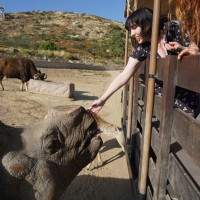





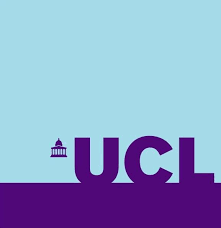

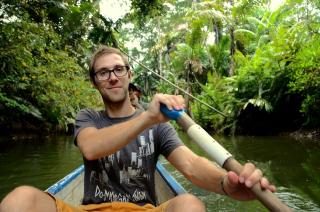



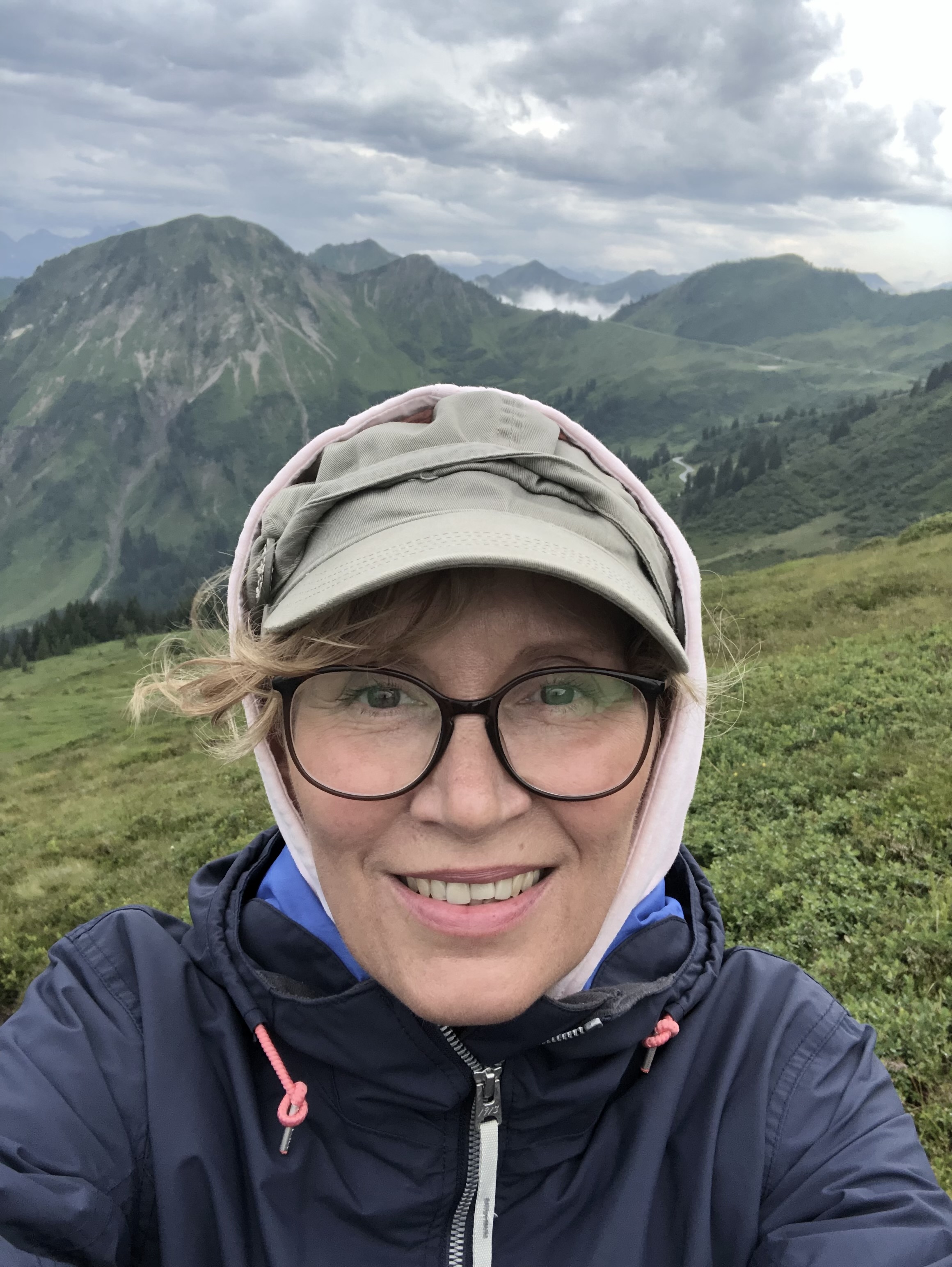

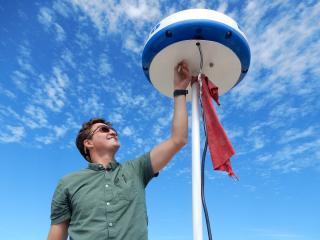
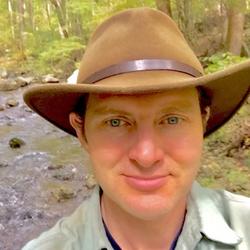
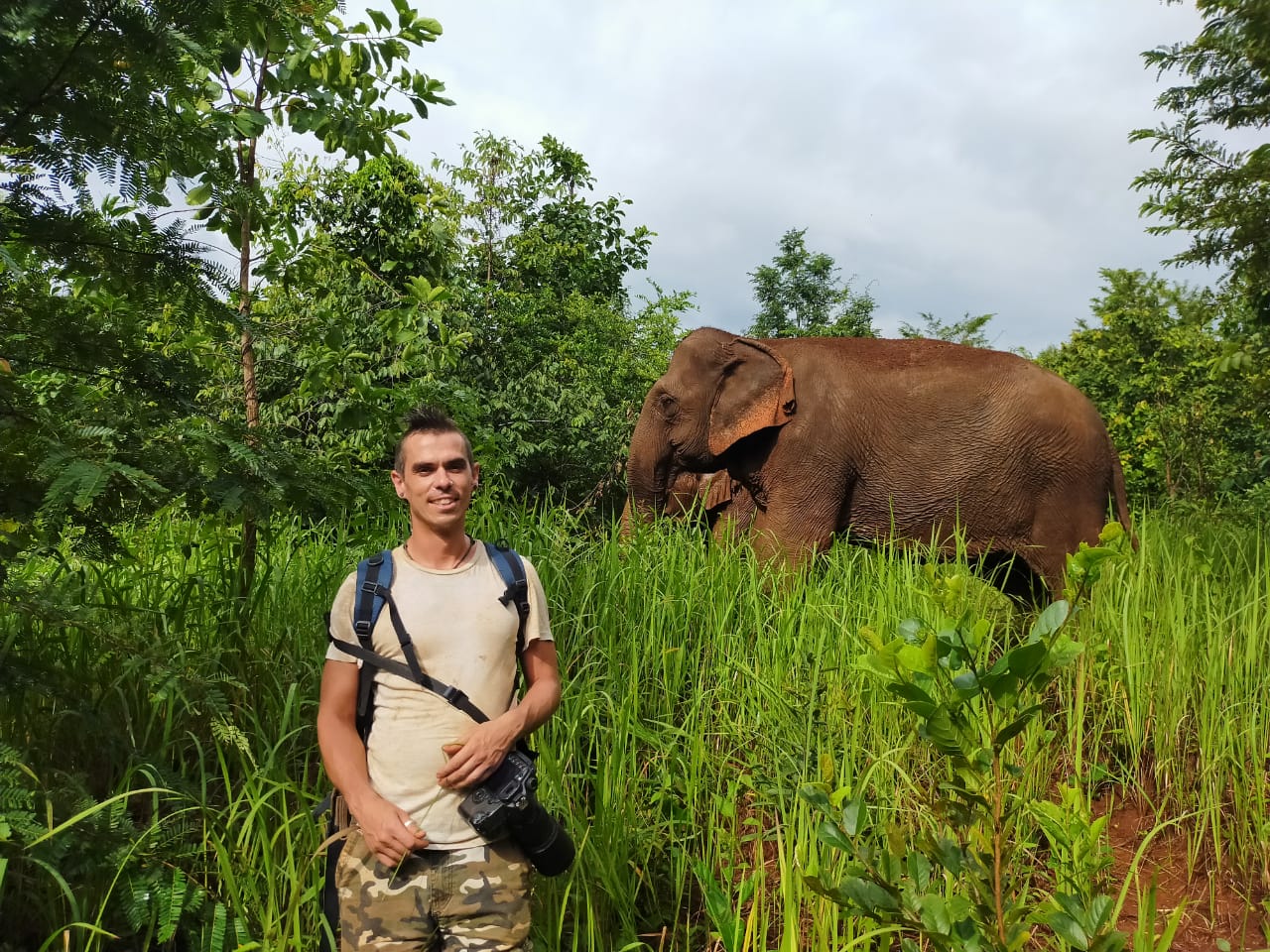

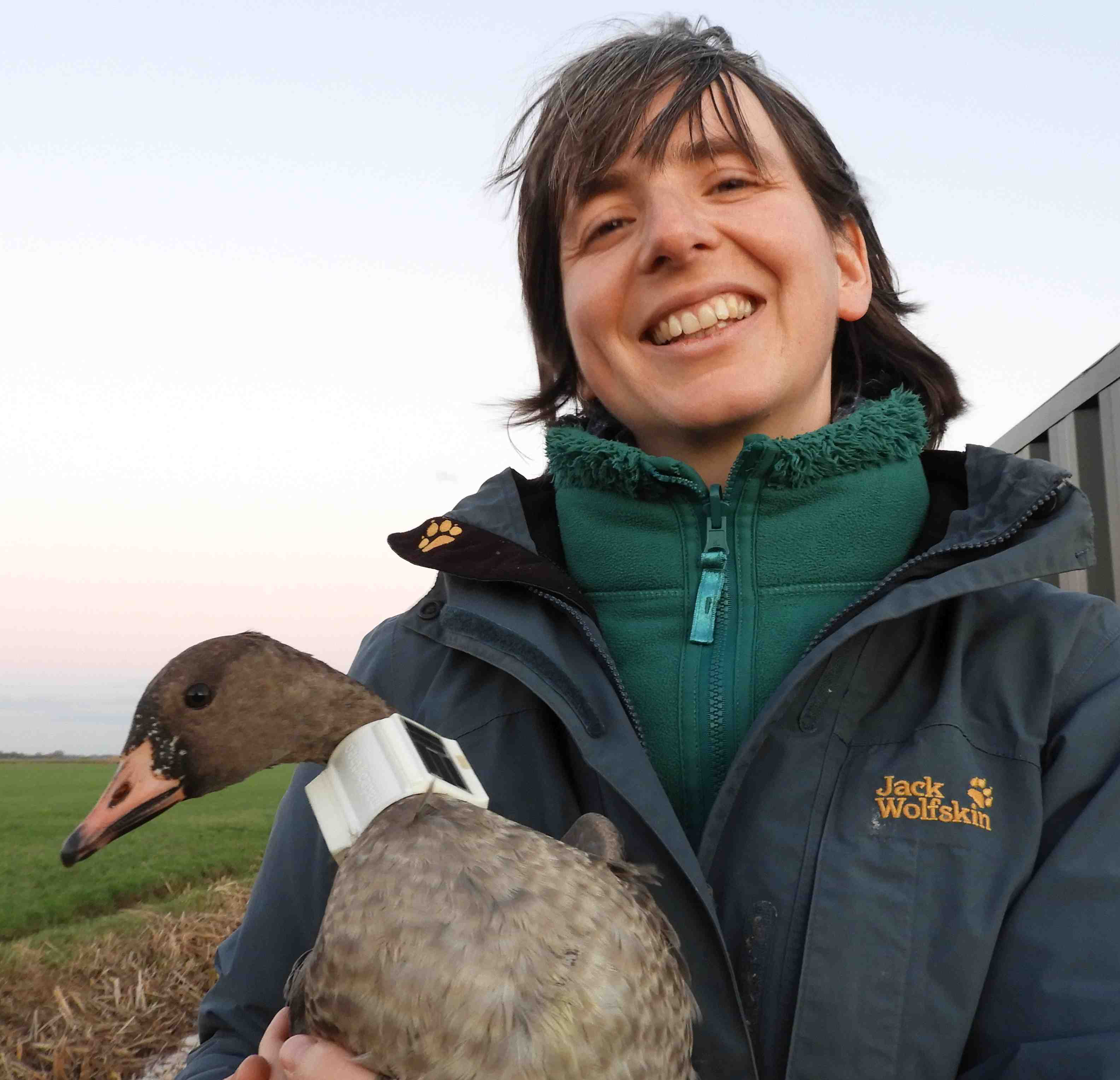








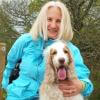
28 December 2015 7:09pm
Hi Steph,
Thanks for your message. I would be delighted to answer your question about Wildsense.
You are correct that our aim is to do a lot more than raise awareness and engange citizens with our Wildsense Tigers game.
We are using images from a range of image sharing websites that have been uploaded by people online and publicly shared. Each photograph contains valuable information that often includes the time and location that the photograph is taken. If we can understand when a photo was taken, where it was taken, and the individual animal in the photograph, then we can start to build up a picture of the movement of individuals. We are benefiting from people power from the users that are both indirectly uploading photographs online and also directly interacting with our Wildsense game. We are combining this with computing power with our data analysis, computer vision and machine learning software.
We are doing this experiment on a large scale and we believe that "the wisdom of the crowd" will enable us to gather and analyse enough information so that we can build an accurate picture. We started with wild tigers and our plan is to create a platform that can be used for other species as well. We are working on other animals already behind the scenes.
I hope that answers your question.
Best wishes,
Aaron Mason